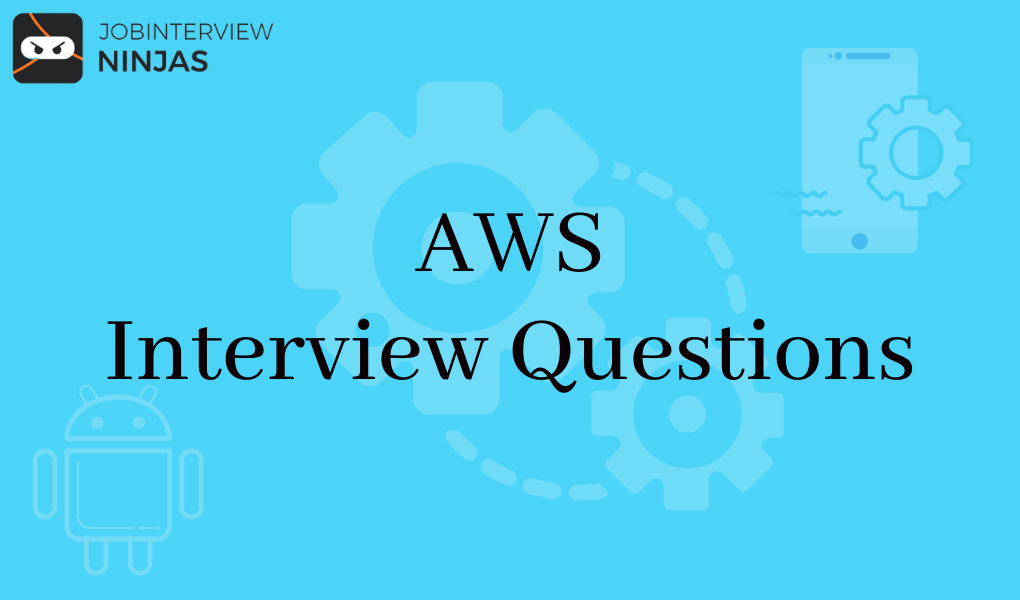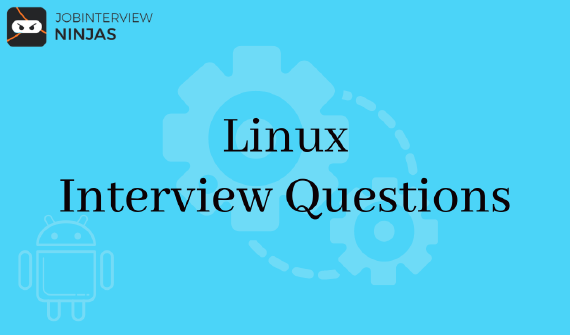
Top 40 Jenkins Interview Questions And Answers For Freshers/Experienced
If you are looking for a career in software development, then Jenkins is definitely worth exploring. This widely used …

If you are preparing for a technical interview for Amazon or AWS then this page is really helpful for you. Here on this page, we have brought a list of top AWS Interview Questions which was frequently asked by interviewers on this topic. You will not only get the list of questions but also get their answers to prepare for your upcoming interview.
About AWS: Amazon offered a cloud computing service called AWS. It allows you to create, deploy, test, and control applications and their services. All these things are done through the data centers and the hardware handled by Amazon. AWS provides you a mixture of Infrastructure-as-a-Service (IaaS), Software-as-a-Service (SaaS), Platform-as-a-Service (PaaS) offerings.
4. Explain Elastic Transcoder?
6. DNS and Load Balancer Services come under which type of Cloud Service?
7. Name the Storage Classes available in Amazon S3?
10. In a VPC, how many Subnets can you have?
11. Name various types of Cloud Services.
14. Tell me the way to send a request to Amazon S3?
15. Tell me the things which AMI includes?
16. Name different types of Instances?
17. Name the AWS services that can minimize DDoS attacks?
19. Explain various types of EC2 instances on the basis of their costs?
20. Explain terminating and stopping an EC2 Instance?
21. Explain consistency models for modern DBs proposed by AWS?
22. Explain Geo-Targeting in CloudFront?
23. Tell me the benefits of AWS IAM?
25. Explain On-Demand Instances and Spot Instances?
26. What do you understand about Connection Draining?
27. Explain Stateful and a Stateless Firewall?
28. Explain Power User Access in AWS?
29. Explain EBS Volume and Instance Store Volume?
30. Explain Recovery Point Objective and Recovery Time Objective in AWS?
31. How to upload a file of more than 100 Megabytes in Amazon S3?
32. Are you able to modify the Private IP Address of an EC2 instance?
33. Tell me the use of lifecycle hooks is Autoscaling?
34. Explain the policies that need to be set for your user’s passwords?
36. Explain geo-targeting in CloudFront?
37. Make the list of some of the AWS services that are not region-specific?
38. Name some of the tools other than the console to log into the cloud environment?
39. Name some types of AMI designs?
40. Tell me the steps to recover/login to an EC2 instance for whose key is lost?
41. How do you survey Amazon VPC?
42. Tell me the elements of an AWS CloudFormation template?
43. Name various types of load balancers in AWS?
44. Name different AWS IAM categories that you can handle?
45. Can AWS Config calculate data across different AWS accounts?
4. Explain Elastic Transcoder?
6. DNS and Load Balancer Services come under which type of Cloud Service?
7. Name the Storage Classes available in Amazon S3?
10. In a VPC, how many Subnets can you have?
11. Name various types of Cloud Services.
14. Tell me the way to send a request to Amazon S3?
15. Tell me the things which AMI includes?
16. Name different types of Instances?
17. Name the AWS services that can minimize DDoS attacks?
19. Explain various types of EC2 instances on the basis of their costs?
On-Demand Instance - These instances are designed as per the demand. Whenever you feel the requirement for a fresh EC2 instance, you can go forward and build an on-demand instance. It is affordable for the short time but not when used for the long term.
Spot Instance - These instances can be bought and used for the bidding model. These are more affordable than On-Demand Instances.
Reserved Instance - On AWS, you can form instances that you can store for a year or more. Reserved instances are useful when you know in advance that you will be requiring them for the long term. In such matters, you can build a reserved instance and save heavily on costs.
20. Explain terminating and stopping an EC2 Instance?
Stopping an EC2 instance tells you to close it down as you generally do on your Computer. This won’t remove any volumes linked to the instance and the instance can be triggered again when required.
On the other hand, quitting an instance is equal to eliminating an instance. All the volumes connected to the instance get removed and it is not viable to restart the instance if required at a later point in time.
21. Explain consistency models for modern DBs proposed by AWS?
Eventual Consistency - It tells that the data may not be immediate, but will be constant eventually. This will aid the client requests quickly, but the probabilities are that some of the initial read requests may read the old unwanted data. This kind of consistency is chosen in systems where data is not required to be in real-time.
Strong Consistency - It supplies immediate consistency where the data will be constant throughout all the DB Servers instantly. This model may take some time to create the data consistently and henceforth begin doing the requests again. Nevertheless, in this model, it is assured that all the reactions will always have consistent data.
22. Explain Geo-Targeting in CloudFront?
23. Tell me the benefits of AWS IAM?
AWS IAM allows an administrator to give granular level access to various groups and users. Various users and user groups may require other levels of access to various resources designed. With IAM, you can make roles with detailed access levels and allocate the roles to the users.
It also permits you to deliver access to the resources to users and applications without making the IAM Roles, which is called Federated Access.
Security Groups are a kind of rule-based Virtual Firewall using which you can manage access to your instances. You can make rules specifying the Port Numbers, protocols, or
Networks from which you like to permit access or deny access.
25. Explain On-Demand Instances and Spot Instances?
When AWS builds EC2 instances, some of the computing capacity and processing power blocks are left unused. AWS frees these blocks as Spot Instances. They will execute whenever power is available. These are a useful alternative if you are adjustable about the execution of your application and also can be interrupted.
Whereas On-Demand Instances can be made when required. The costs of these instances are fixed. These instances are always available unless you remove them.
26. What do you understand about Connection Draining?
It is a feature that allows your servers to do the present requests which are going to be updated or removed.
If Connection Draining is allowed, the Load Balancer will enable an outgoing instance to meet the present requests for a particular period but will not transmit any new request to it. Without the use of connection draining, an outgoing instance will instantly go off and the requests pending on that instance will error out.
27. Explain Stateful and a Stateless Firewall?
28. Explain Power User Access in AWS?
An Administrator User will be the same as the owner of the AWS Resources. He can build, delete, change or view the resources and also give authorizations to different users for the AWS Resources.
A Power User Access gives Administrator Access without the ability to control the permissions and users. In other words, a user with Power User Access can build, delete, change or see the resources, but he cannot give authorizations to different users.
29. Explain EBS Volume and Instance Store Volume?
30. Explain Recovery Point Objective and Recovery Time Objective in AWS?
Recovery Point Objective: It is an adequate amount of time since the previous data restore point. It decrypts to the permissible amount of data loss which is kept in between the interruption of service and the last recovery point
Recovery Time Objective: It is the highest sufficient delay between the restoration of service and interruption of service. This decrypts to an adequate time window when the service can be unavailable.
31. How to upload a file of more than 100 Megabytes in Amazon S3?
32. Are you able to modify the Private IP Address of an EC2 instance?
33. Tell me the use of lifecycle hooks is Autoscaling?
34. Explain the policies that need to be set for your user’s passwords?
36. Explain geo-targeting in CloudFront?
37. Make the list of some of the AWS services that are not region-specific?
38. Name some of the tools other than the console to log into the cloud environment?
39. Name some types of AMI designs?
40. Tell me the steps to recover/login to an EC2 instance for whose key is lost?
41. How do you survey Amazon VPC?
42. Tell me the elements of an AWS CloudFormation template?
43. Name various types of load balancers in AWS?
44. Name different AWS IAM categories that you can handle?
45. Can AWS Config calculate data across different AWS accounts?

If you are looking for a career in software development, then Jenkins is definitely worth exploring. This widely used …

In this post, we will cover a few Linux interview questions and their answers. So, let’s get started. In this …